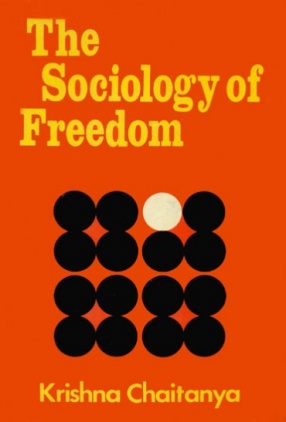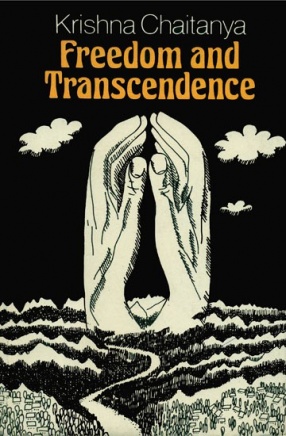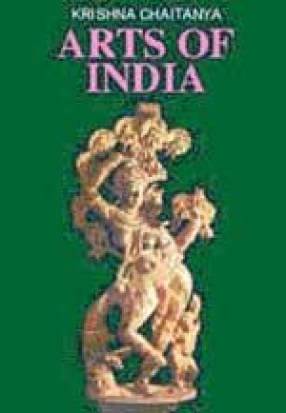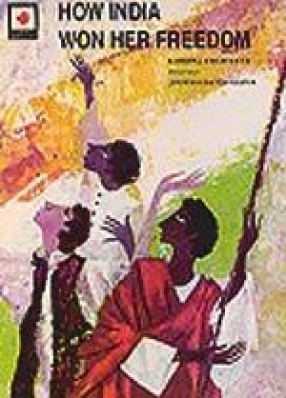
Showing all 5 books




The diminishment of man, brought about not only by the loss of wisdom and of the overall view of the world, man and man's destiny on the parte of specialised disciplines, but by the aggressive denial of all values by reductionist scientism, has brought mankind to the brink of annihilation in nuclear holocaust or ecological attrition. Formidable as the task is, if man and his values are to survive, there is no other option but to attempt a concept-by-concept ...

The divergence of disciplines and their utter failure to converge to a spire of wisdom from where man can contemplate the world, himself and the destiny of both, and the aggressive denial of all values by a reductionist scientism have contributed to the steady diminishment of man and brough him to the brink of annihilation in nuclear holocaust or ecological attrition. Formidable as the task is, if man and his values are to survive, there is no other option but to ...

Despite the fact that Indian painting is among the most precious legacies inherited by mankind as a whole, literature about it is not as adequate as it should be and a comprehensive history was lacking. It was for amending this serious anomaly that Krishna Chaitanya and Abhinav took up the landmark project of a detailed history of Indian painting and, during the period 1976-1984, managed to bring out four volumes. This is the fifth and final volume. The fourth ...

This set includes 3 illustrated books for children. 1. How India Won Her Freedom. 2. Festival of Eid. 3. Tansen the Magical Musician. 1. How India Won Her Freedom: This is the story of how the people of India lost their freedom to Britain and how they fought for many years, and in various ways to win back their freedom. 2. Festival of Eid: A full thirty days after Ramadan comes Eid. 3. Tansen the Magical Musician: Almost exactly in the centre of India is a town ...

Books that have appeared so far on the art of India confine themselves to architecture, sculpture and painting. In the present work, the coverage has been extended for the first time to include music, dance and handicrafts too. The weighty reason for this is that in traditional India, art reflected and further strengthened an integrated living. Temple architecture generally provided halls for the performance of music and dance, for these too were ways of worship. ...
